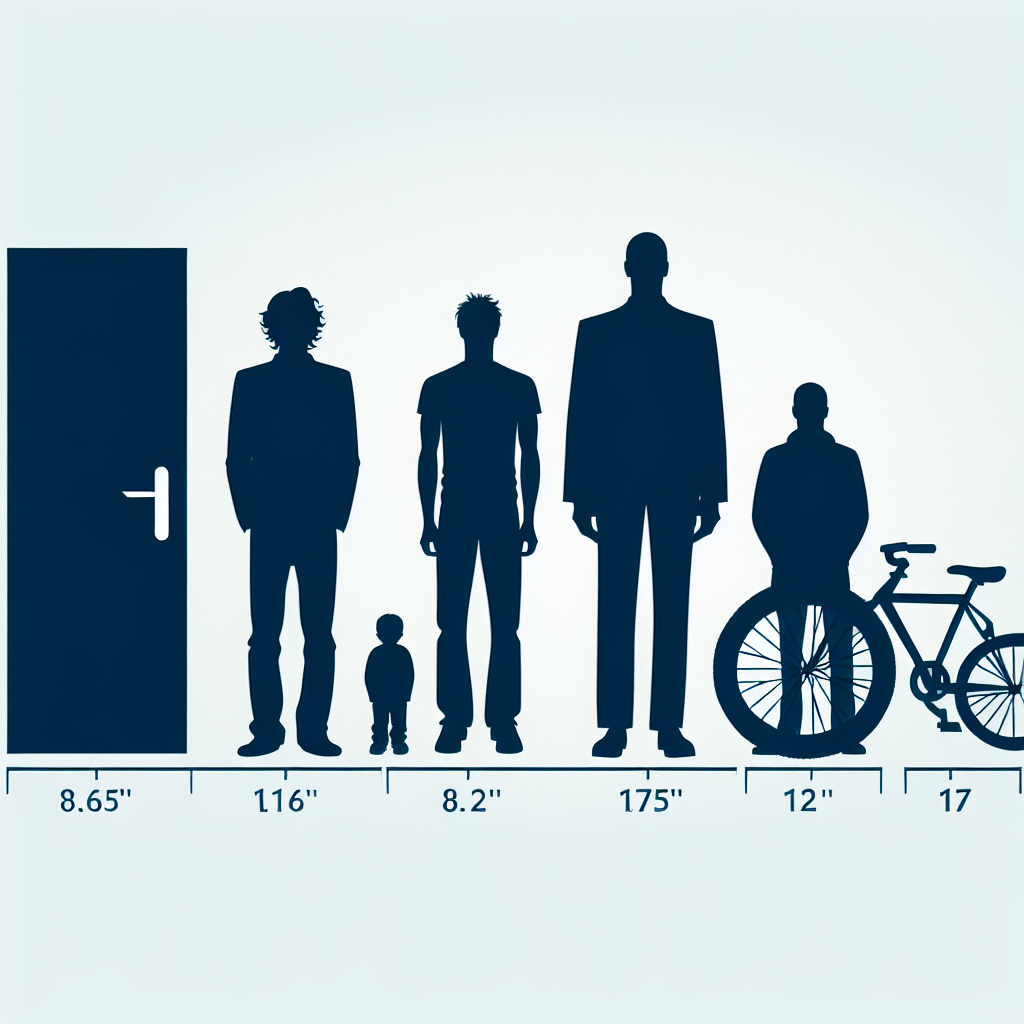Who Invented the Car Seat? A Deep Dive into Automotive History
The car seat has become an essential component of vehicle safety and comfort, yet few know the story behind its invention. In this article, we explore the intriguing history of the car seat and the key figures who contributed to its development, highlighting its evolution from basic designs to the modern seats we rely on today.

Who Invented the Car Seat?
The car seat is a critical aspect of automotive engineering and passenger safety; however, its origins are less commonly discussed. Understanding who invented the car seat requires an examination of multiple innovators and developments that have shaped its history.
The Early Days: Simple Seats in Primitive Vehicles
Before delving into the specific inventors, it is essential to note that early vehicles in the late 19th to early 20th centuries featured very rudimentary designs. Car enthusiasts of the time created simple wooden benches or leather coverings for their automobiles, prioritizing functionality over safety. The concept of specialized seating would take time to develop.
The Contribution of Howard Hughes
One of the first innovated versions of what we now consider a car seat can be attributed to Howard Hughes, a prominent American business tycoon and aviation pioneer. In 1910, Hughes designed a car seat for his own racing vehicles, made from lightweight materials that offered better adjustability and comfort compared to existing options. Although this was not a mass production invention, it set the stage for modified seating designs.
The 1920s: Mass Production and the First Safety Features
In the 1920s, car manufacturers began to realize the importance of passenger comfort and safety. The introduction of padded seats, provided by companies like the Plymouth Motor Corporation, was revolutionary. The padded seat improved the overall experience of riding in a vehicle, but it wasn't until the 1930s that safety became a focal point in car seat design.
Influence of the 1930s: The Role of the Safety Belt
While discussing the car seat's inventor, it’s essential to touch upon automobile safety. No individual is singularly credited with the invention of car seats as we know them today; rather, it was a series of innovators. The 1930s saw the introduction of the safety belt concept, with innovators like Hugh DeHaven promoting the use of seatbelts to enhance passenger safety. His research on crash dynamics influenced how car seats would be designed with safety measures incorporated.
The 1960s: The Birth of Child Safety Seats
Fast forward to the 1960s, and the car seat was about to undergo another significant transformation. The demand for child safety prompted the development of child safety seats, primarily credited to Robert Kleineman, an innovator who designed a car seat specifically tailored for children. His design was pivotal in raising awareness of the importance of safely securing young passengers in vehicles and set new standards for child passenger safety.
Modern Innovations: The Emergence of Airbags and Ergonomics
In the late 1980s and early 1990s, car seats saw significant advances with the implementation of features such as airbags and ergonomic designs. While specific individuals cannot be attributed solely to these innovations, automotive engineers and safety experts like Dr. Alan L. St. John have played considerable roles in the evolution of modern car safety technology. These advancements contributed to car seat designs that not only protect passengers effectively but also provide comfort during travel.
Legislation and Safety Standards
The introduction of governmental regulations in the 1980s and 1990s further transformed the car seat landscape. Legislation requiring the installation of more secure and advanced seat designs in vehicles has roots tracing back to advocates pushing for safer automotive practices. Pioneers in automotive safety advocacy, including Dr. Leonard Evans, played a crucial role in promoting and ensuring that proper regulations were enforced, ultimately leading to safer car seats for all passengers.
A Review of Key Innovations in Car Seat History
- 1910: Howard Hughes develops a lightweight racing car seat.
- 1920s: The first padded seats are mass-produced.
- 1930s: The introduction of the safety belt concept.
- 1960s: Robert Kleineman creates child safety seats.
- 1980s & 1990s: Enhanced ergonomics and the introduction of airbags.
Conclusion
The invention and evolution of the car seat is not the accomplishment of a single individual; rather, it has been a collaborative journey driven by several visionaries and safety advocates over the past century. Key figures such as Howard Hughes, Robert Kleineman, and many others have contributed to making car seats safer, more comfortable, and more user-friendly. Understanding this history not only pays tribute to these innovators but also reinforces the importance of car seat safety in our daily travels.
New posts

Everything You Need to Know About Battery as a Service (BaaS)
Sustainability

Exploring NIO Sports Cars: Performance, Technology, and Future Prospects
Automotive

Trends in Mobility: A Forward-Looking Approach to Transportation Innovation
Innovation







Popular posts

Smart Device Integration in Cars: Revolutionizing the Driving Experience
Innovation

Exploring the Future of E Automobiles: Questions Answered
Sustainability

Unlocking the Future: The Role of Sensors in Vehicles
Automotive Technology

Exploring the Electric Coupe: A New Era of Performance and Style
Sustainability

How Much is the AVTR Car? A Comprehensive Cost Analysis
Mercedes-Benz

Understanding NIO AD: Revolutionizing Autonomous Driving
Automotive

Revolutionizing Mobility: The Latest Breakthroughs in New Electric Car Battery Technology
Sustainability

Harnessing Solar Power: The Revolutionary Impact of Solar Roofs on Cars
Sustainability

The Future of E-Fuel Gasoline: Revolutionizing Transportation
Sustainability

Exploring Intelligent Driving: Key Questions and Insights
Transportation Innovation